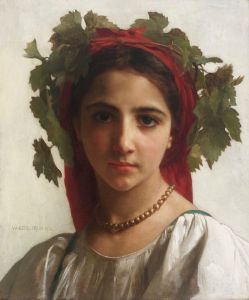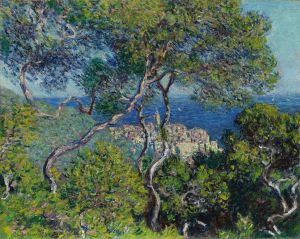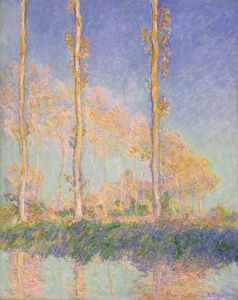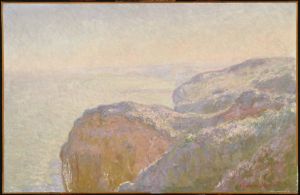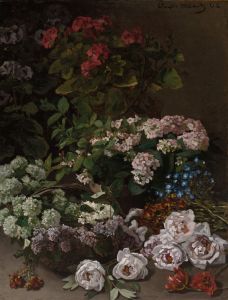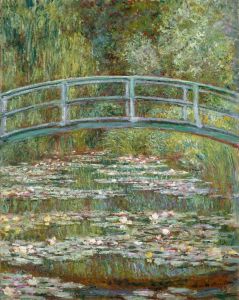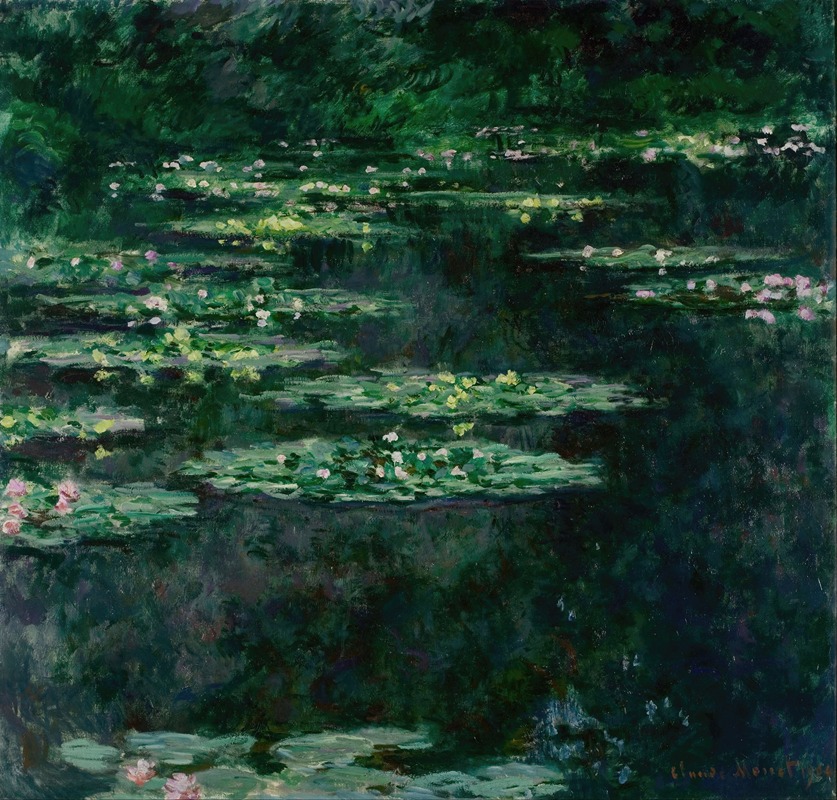
Waterlilies
A hand-painted replica of Claude Monet’s masterpiece Waterlilies, meticulously crafted by professional artists to capture the true essence of the original. Each piece is created with museum-quality canvas and rare mineral pigments, carefully painted by experienced artists with delicate brushstrokes and rich, layered colors to perfectly recreate the texture of the original artwork. Unlike machine-printed reproductions, this hand-painted version brings the painting to life, infused with the artist’s emotions and skill in every stroke. Whether for personal collection or home decoration, it instantly elevates the artistic atmosphere of any space.
Claude Monet's "Water Lilies" is a series of approximately 250 oil paintings that depict Monet's flower garden at his home in Giverny, France. These paintings were created during the last three decades of Monet's life, from the late 1890s until his death in 1926. The series is renowned for its exploration of light, color, and reflection, and it represents a significant contribution to the Impressionist movement.
Monet's fascination with water lilies began when he purchased a property in Giverny in 1883. Over the years, he transformed the garden into a vibrant and tranquil space, complete with a pond filled with water lilies. This garden became the primary inspiration for his work during this period. Monet's approach to painting water lilies was innovative; he often painted the same scene multiple times to capture the changing light and seasons.
The "Water Lilies" series is characterized by its large scale and immersive quality. Monet's technique involved layering colors and using broad, loose brushstrokes to create a sense of movement and fluidity. The paintings often lack a clear focal point, drawing the viewer's eye across the canvas and inviting them to experience the scene as a whole. This approach was a departure from traditional landscape painting and contributed to the development of abstract art.
Monet's work on the "Water Lilies" series was not without challenges. During this period, he struggled with cataracts, which affected his vision and altered his perception of color. Despite this, Monet continued to paint, adapting his techniques to accommodate his changing eyesight. Some art historians believe that the vibrant colors and blurred forms in his later works may have been influenced by his visual impairment.
The "Water Lilies" series has been exhibited in various museums and galleries around the world. One of the most famous installations is at the Musée de l'Orangerie in Paris, where eight large panels are displayed in two oval rooms. This installation was designed according to Monet's specifications and offers a panoramic view of the water lilies, creating an immersive experience for visitors.
Monet's "Water Lilies" series has had a lasting impact on the art world. It has inspired countless artists and continues to be celebrated for its innovative approach to capturing the beauty of nature. The series is considered a masterpiece of Impressionism and a testament to Monet's dedication to his craft.
In summary, Claude Monet's "Water Lilies" series is a monumental work that captures the essence of his garden in Giverny. Through his exploration of light, color, and reflection, Monet created a body of work that remains influential and beloved by art enthusiasts worldwide.





